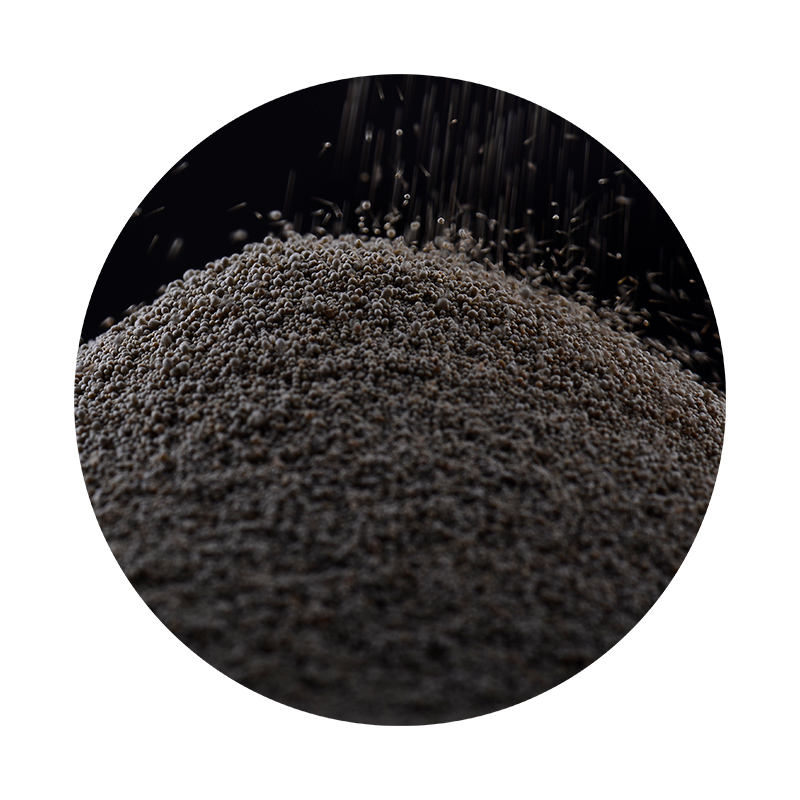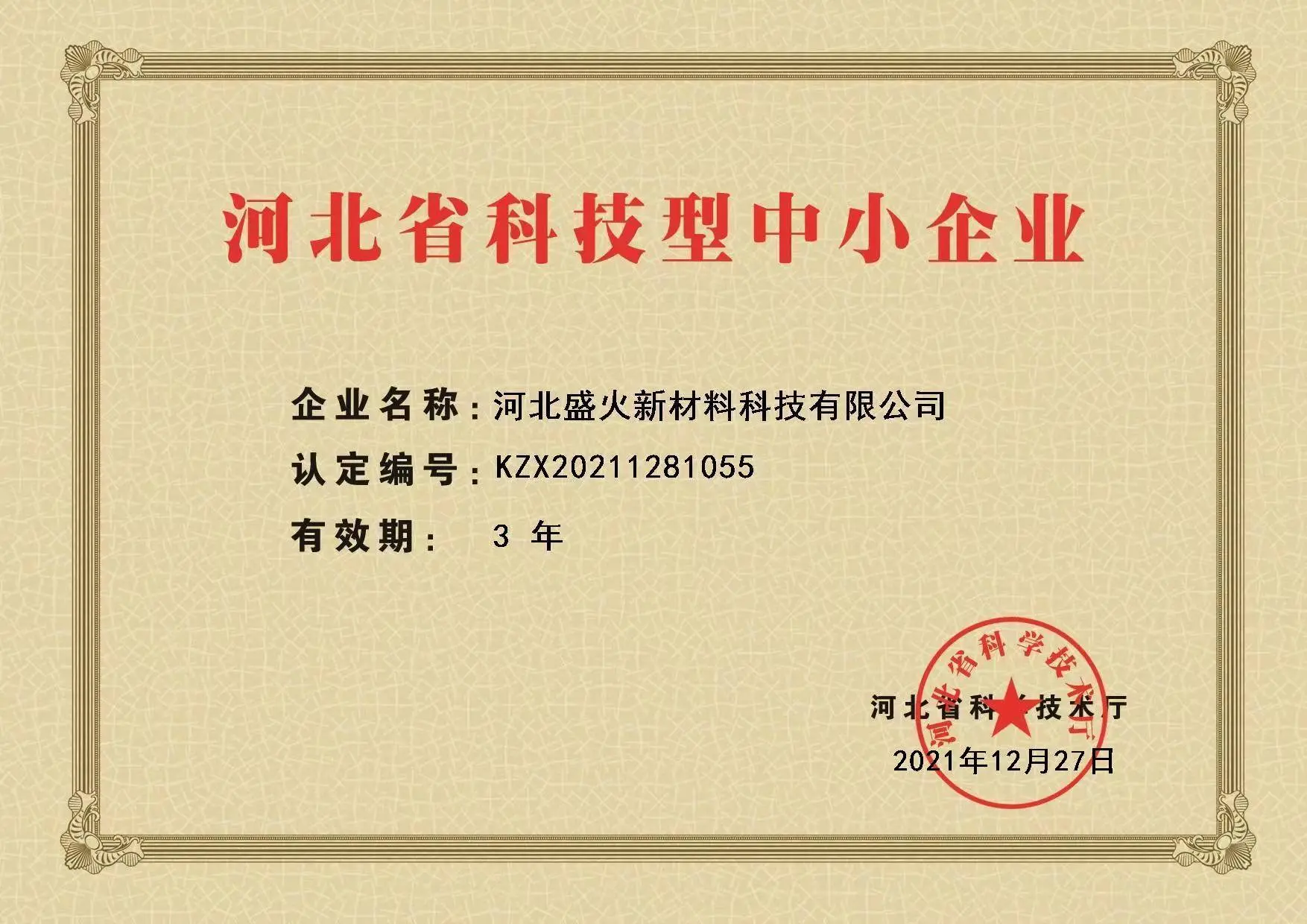

At the heart of sand casting's enduring relevance is its adaptability. Today, it remains a vital manufacturing process, especially for large and complex components in industries such as automotive, aerospace, and heavy machinery. Modern technological advances, such as 3D printing for pattern creation and sophisticated sand control systems, have enhanced the precision and cost-effectiveness of sand casting. This fusion of ancient techniques with modern technology exemplifies how tried-and-true methods can coexist with cutting-edge innovations to yield enhanced product performance and sustainability. Expertise in sand casting continues to be highly respected within the manufacturing sector. Foundries today rely on skilled artisans who understand the nuanced characteristics of different metals and molding sands, ensuring that each cast component meets stringent quality standards. The gradual accumulation of knowledge over centuries has made sand casting a remarkably efficient process, balancing the precise control of form and function with the economies of mass production. Embodying elements of Experience, Expertise, Authoritativeness, and Trustworthiness, sand casting's historical and contemporary significance cannot be overstated. It is more than just a method; it is a testament to human ingenuity and adaptability, seamlessly bridging the gap between ancient skill and modern industrial demands. As industries continue to seek environmentally sustainable practices, the reusable nature and minimal waste of sand casting make it a promising choice for future applications, ensuring its legacy continues to shape the tools of tomorrow. Post time:فبراير . 05, 2025 01:58
Next:what type of sand is used in sand casting
